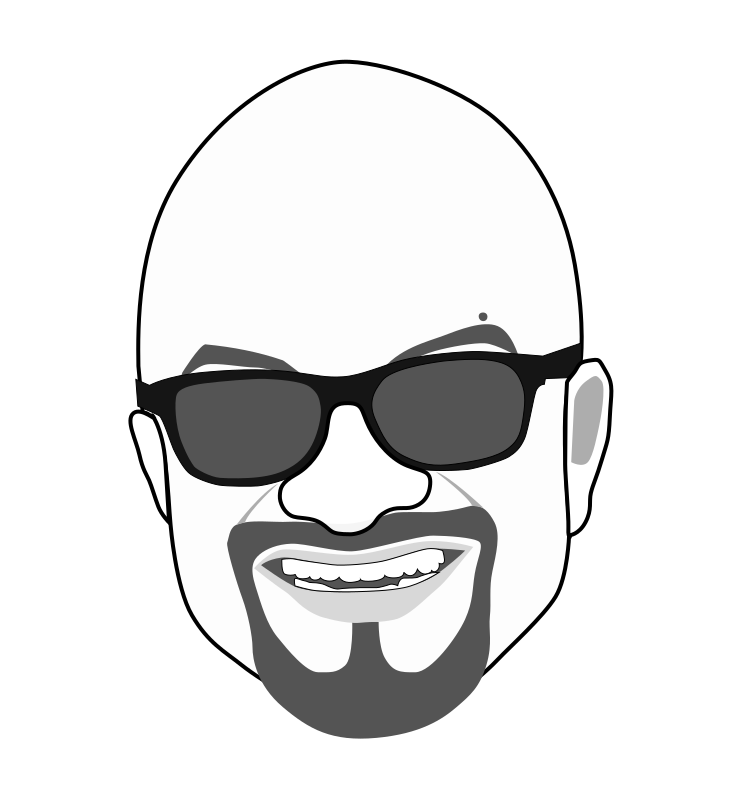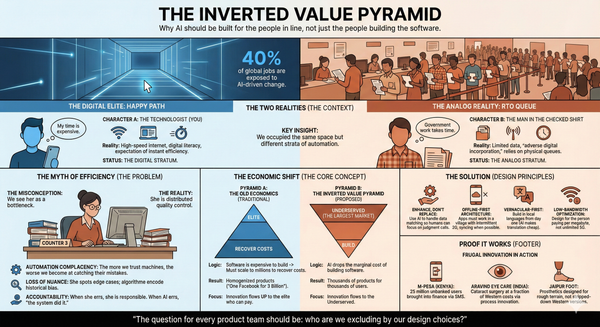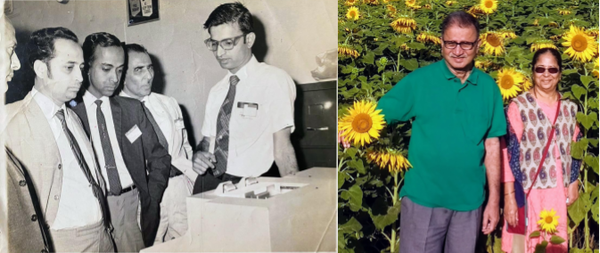Employee Engagement - a Towers Perrin study
Towers Perrin is a global professional services firm that helps organizations improve performance through effective people, risk and financial management. Don Lowman, who is Managing Director of the Human Capital Group in Towers Perrin recently wrote on his blog (not available anymore) about how he has spent half his life working at Towers Perrin.
This is no wonder, for one of the most innovative area of work that Towers Perrin specializes in is Employee Engagement.
Their Global Workforce Study (2007-2008) titled “Closing the Engagement Gap: A Road Map for Driving Superior Business Performance” is an insightful study into how businesses can leverage its people to their full potential and derive business results. It is based on a survey of over 90,000 employees in 18 countries.
The following extracts summarize the key points in the study:
Organizational Goals and Challenges
Increasingly, organizations face a daunting, and sometimes seemingly contradictory set of goals:
- Provide a differentiated customer experience while reducing the cost of delivering that experience.
- Generate significant growth while continuing to manage the bottom line.
- Use technology to drive efficiency without sacrificing the “personal” connection to customers, employees and other stakeholders.
- Standardize…and customize.
One common element grounds organizations’ ability to advance through this environment: People.
People are more than ever a source of critical skill and knowledge, as well as sustainable competitive advantage. And, based on views of close to 90,000 workers in 18 countries around the world, people want to invest their skills and knowledge on behalf of their employers. Yet few organizations are fully tapping that source and achieving the results that come through full investment of the workforce.
What Employees Want
- Employees want to give more, but they also want to see a clear and measurable return for their effort.
- Only 1 out of 5 workers today is giving full discretionary effort on the job – going well above and beyond what’s required because they’re caught up in the passion and purpose of creating a better product, service or customer experience
- Close to 4 out of 10 workers are disenchanted or disengaged. They are not performing anywhere near their true capability because they don’t have the necessary rational, emotional and motivational connections to the company
But the silver lining is that engaged employees are not born, but made. Organizations can create the right conditions to nurture engagement and drive better performance.
Top 10 Drivers of Employee Engagement
- Senior management sincerely interested in employee well-being
- Ability to improve skills and capabilities
- Organization’s reputation for social responsibility
- Employees inputs into decision making
- Quick resolution of customer concerns
- Setting of high personal standards
- Excellent career advancement opportunities
- Challenging work assignments that broaden skills
- Good relationships with supervisors
- Organization encourages innovative thinking
What can organizations do to close the engagement gap?
- First and foremost, organizations must have effective — and engaged — leadership at the top.Closing the gap between the traditional leadership model of the last century and the characteristics required for engaging leadership has implications for management selection and training as well as leadership succession and development. Organizations need to review their leadership programs to ensure that leaders understand the enormous positive impact they can have on employee engagement, retention and performance. Organizations need to validate the following requirements: - Do existing leadership competencies and development programs focus on building the right “muscles” in the senior team?
- Are high potential leaders assessed, developed and promoted based on the right leadership criteria?
- Do performance management programs emphasize the right leadership activities and key touch points that leaders have with employees (e.g. coaching, sponsoring, recognizing, role modeling, communicating, involving)?
- Second, organizations need to customize and shape the work environment and culture to match their unique basis for competitive advantage, tangibly aligning workforce strategies with business priorities.Organizations need to design workforce strategies and allocate their finite supplies of time, management attention and financial resources. The questions to address are: - What are the organization’s unique cultural differentiators, based on its specific priorities and strategies?
- To what extent is the existing culture supporting and driving the behaviors required for success?
- Are the organization’s human capital strategy and underlying programs and processes aligned to create a high performance culture?
- What changes are required to reshape the culture for enhanced performance?
- Is the HR function equipped to develop and execute new strategies and support for the change process?
- Third, organizations need to put their workforce under the same microscope as they do their customers – to understand employees’ needs, issues, values and “buying” patterns, so as to give themselves a competitive edge in attracting, retaining and engaging employees, as well as in channeling employees’ energy and brain power most effectively.Top 5 drivers for attracting employes - Competitive base pay
- Career advancement opportunities
- Challenging work
- Convenient work location
- Flexible schedule
Top 5 drivers for retaining employees:
- Organization’s reputation as a great place to work
- Satisfaction with the organization’s people decisions
- Good relations with supervisor
- Understanding potential career track within organization
- Ability to balance work/personal life
Top 5 drivers of employee engagement
- Senior management sincerely interested in employee well-being
- Ability to improve skills and capabilities
- Organization’s reputation for social responsibility
- Employee input into decision making
- Organization’s ability to quickly resolve customer concerns
Conculsion
Engaged workers are not born – they are made. The organization is uniquely positioned to make a significant difference in the employee’s discretionary effort. The vast majority of employees today are looking to make a difference in an organization that makes a difference in the world. It is up to the organization to help make this happen.




